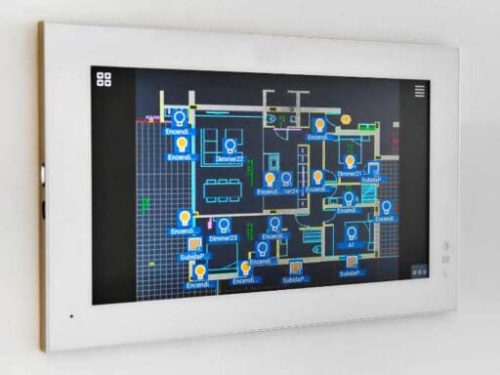
NSW Digital Infrastructure for Energy Flexibility
This project is under the Net Zero Plan Stage 1: 2020-2030, and aims to provide industry and researchers with digital-grid infrastructure, to aggregate flexible demand resources. These services will help the property industry reduce emissions by synchronising demand with the availability of variable renewable energy generation.
The project will connect 5MW of flexible capacity from over 200 NSW-based Commercial and Industrial buildings, hosted on CSIRO’s Data Clearing House (DCH) digital infrastructure platform. Energy flexibility from the flexible demand resources will be characterised and registered as deployable assets. Buildings will gain access to smart building features and services within the DCH digital infrastructure. As a result, this will enable connected buildings to extract valuable insights from building data.
The project will allow property owners within the pilot to share data and build innovative software applications for sophisticated management of building carbon emissions. Property owners have various behind-the-meter assets, capable of shifting part of their daily energy consumption. Flexible demand is an alternative to the traditionally rigid energy network infrastructure, offering a way to lighten the load on the grid during busy periods, reduce energy costs and lower peak demand. This flexibility is also key to synchronising energy consumption with renewable energy generation. Specifically, some of these assets capable of flexible demand within commercial and industrial buildings include: Electric vehicles, Hot and cold thermal storage, Batteries, and Heating ventilation and air conditioning. These ‘flexible demand resources’ are able to reduce carbon emissions, reduce cost and open new revenue streams as paid for within the electricity industry. Property owners will be able to identify opportunities for energy flexibility and productivity improvements resulting in reduced operating costs and energy use.